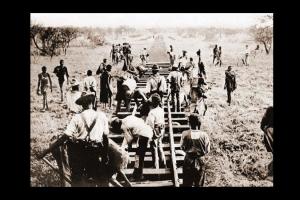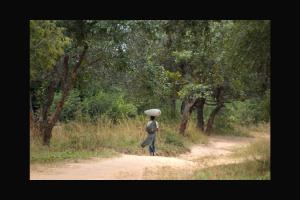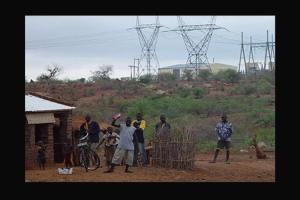Mega Dams and Other Infrastructure
Industrial operations require a vast network of infrastructure: roads, ports, waterways, railways, etc. They cut through forests and communities’ territories in order to transport commodities and minerals to industrial centres. Mega dams, although said to provide “clean energy,” flood forests and generate energy primarily for polluting industries and large urban centres.
In order to better understand peoples' struggles across the southern and eastern regions of Africa, reflecting on its history is crucial. This editorial highlights some parts of this history. And this, of course, is just the tip of the iceberg.
Zambia’s peaceful context and strategic geographical location, combined with a desperate hunger for foreign direct investment, positions the country at the frontline of the global wave of resources grabbing, the crisis of global capital and the capitalisation of climate change
The Programme of Infrastructure Development for Africa (PIDA) was adopted in 2012 with the aim of connecting the continent’s energy, transport, water and communication infrastructure. But what kind of infrastructure does “Africa” really need and who is getting more access with such initiative? This article looks into the hydropower dams proposed for PIDA



